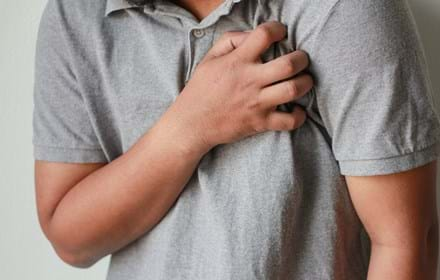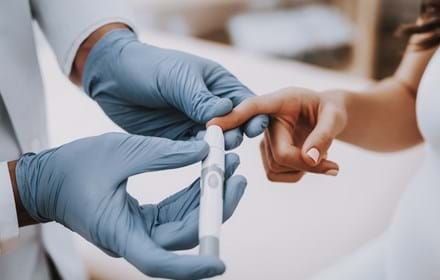
Researchers identify a breakthrough in new targets for wound healing
Findings were presented at the European Academy of Dermatology and Venereology (EADV) Congress recently.
Acute and chronic wounds from diabetes-related foot ulcers could have better healing treatments available, thanks to a recent study.
Researchers in Germany from the QIMA Monasterium in Münster believe their findings could represent a crucial advancement in wound care, paving the way for more effective treatment options and improved patient outcomes.
According to latest figures, acute and chronic wounds affect nearly one billion people around the world.
The treatment of chronic wounds also poses a substantial economic burden on healthcare systems and severely impacts the quality of life for those affected.
Researchers conducted a study using healthy full-thickness human skin punches, creating central, partial wounds.
These samples were then cultured under either physiological or pathological conditions, including hyperglycaemia (high blood glucose), oxidative stress and hypoxia, to mimic acute and chronic wounds, respectively.
Using advanced comparative transcriptomic profiling with bulk RNA sequencing, the team monitored gene expression changes over a five-day period.
The results revealed several critical differences in gene activity between acute and chronic wounds. Key wound repair-associated genes were differentially regulated between acute and chronic wounds.
Additionally, overall gene expression was downregulated in chronic wounds compared to acute wounds, suggesting that essential genes required for effective wound healing are inadequately transcribed in these conditions.
Dr Marta Bertolini, lead author of the study and Managing Director of QIMA Monasterium, said: “While we must be cautious when discussing synergistic effects, our preliminary data reveal that combinatorial therapy may be a valid option for treating chronic wounds.
Dr Bertolini added: “We believe these findings mark a significant step forward in understanding the complex biology of wound healing. Our transcriptomic data will soon be accessible, and we hope this will inspire other researchers and industry to identify additional promising targets that could offer much-needed relief to patients affected by these challenging and often debilitating wounds.”
The EADV Congress took place in Amsterdam, The Netherlands, and online.
Read the DRWF leaflet Foot health and diabetes
I would like to make a regular donation of
I would like to make a single donation of
There are lots of ways to raise money to support
people living with all forms of diabetes.
Bake, Swim, Cycle, Fly ... Do It For DRWF!
Fundraise with us
Recent News


